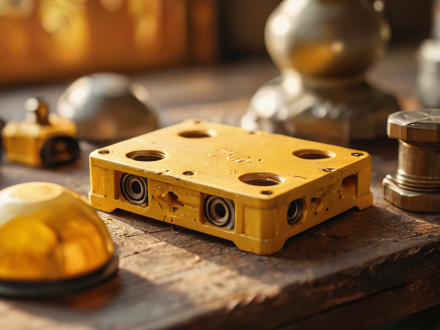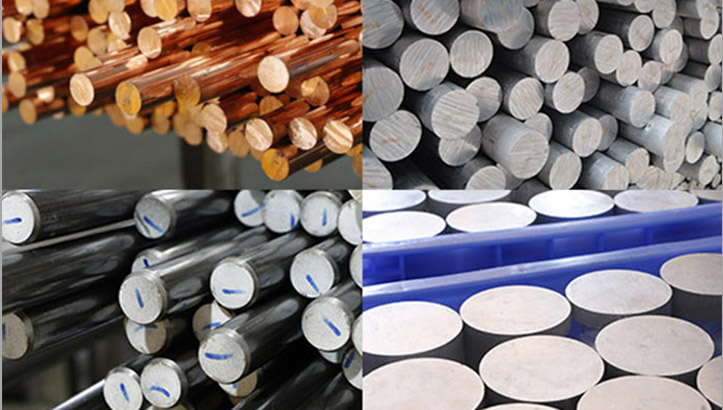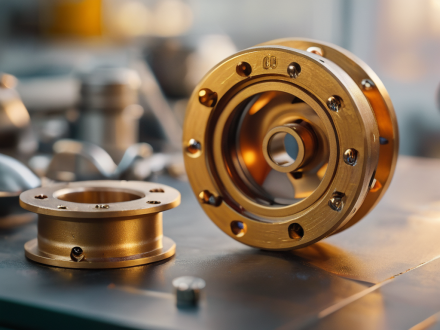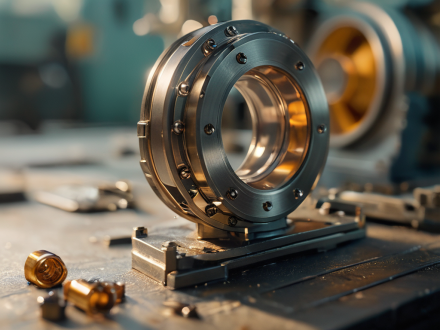The process of metal 3D printing typically involves the following steps:
1. Designing the Part:
A 3D model of the component is developed using computer-aided design (CAD) software. Subsequently, this model is converted into a format compatible with 3D printers, such as an STL (stereolithography) file.
2. Printing the Part:
The metal material, usually in the form of powder or wire, is fed into a 3D printer. There are various techniques for printing metal, including:
Selective Laser Melting (SLM): A high-powered laser is utilized to melt metal powder layer by layer in order to construct the component.
Direct Metal Laser Sintering (DMLS): Similar to Selective Laser Melting (SLM), Direct Metal Laser Sintering (DMLS) employs a laser to melt metal powder, yet it primarily emphasizes achieving fine details and high precision.
Electron Beam Melting (EBM): This method employs an electron beam in place of a laser to melt metal powder and is commonly utilized for titanium and other high-performance alloys.
Metal Fused Deposition Modeling (FDM): Metal wire is extruded layer by layer, similar to plastic 3D printing, but with metal materials.
3. Post-Processing:
After the part is printed, it often undergoes post-processing steps such as heat treatment, machining, or surface finishing to achieve the desired material properties and surface finish.
![]()
![]()
![]()
![]()
![]()






